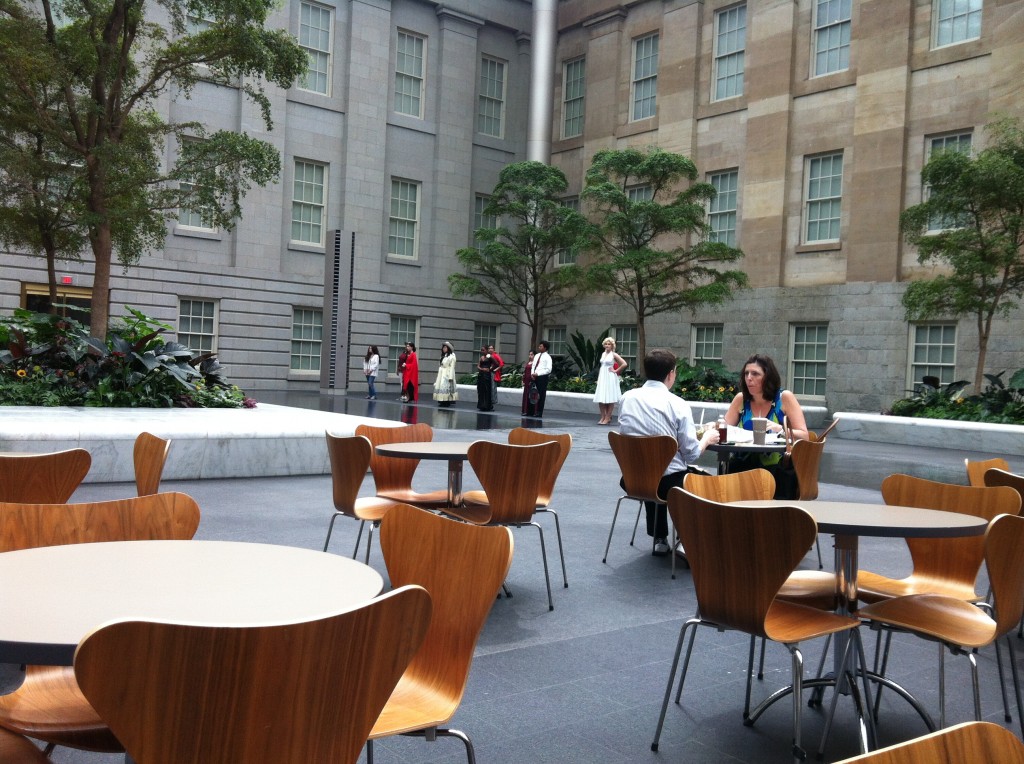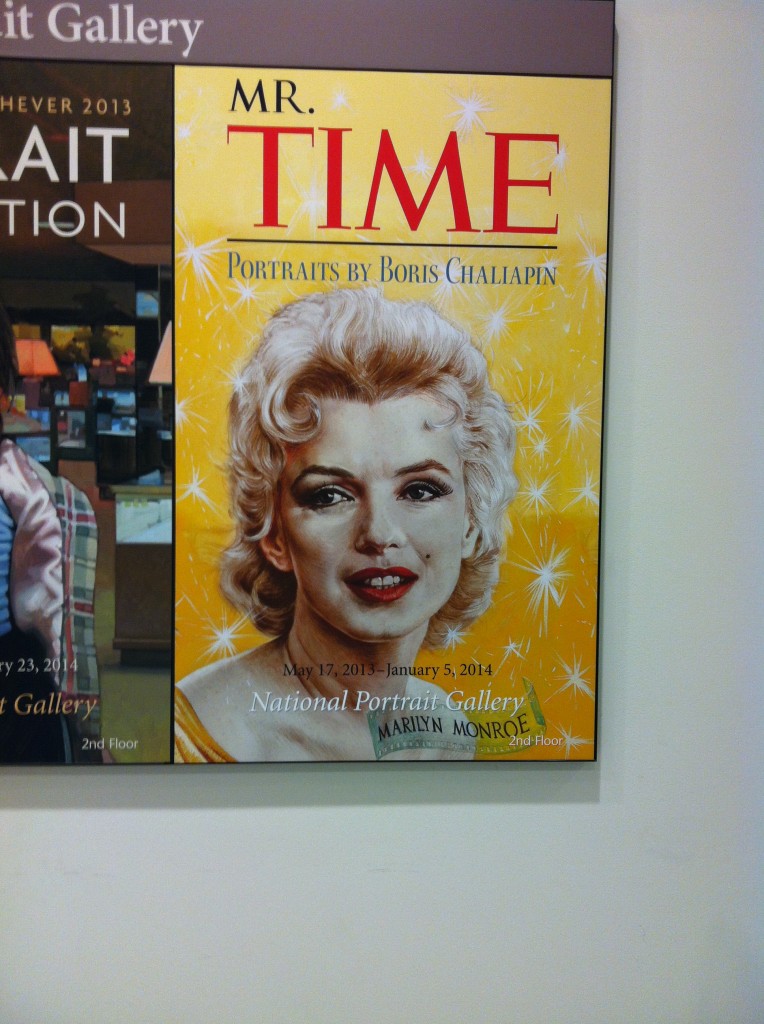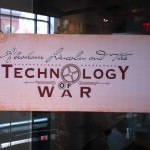 The American Civil War was a crossroads between the old style of warfare and modern warfare. This modern warfare (if one can call the wholesale taking of lives “modern”) is explored in an exhibit in the Ford’s Theatre Center for Education and Leadership called “Abraham Lincoln and the Technology of War.” The exhibit runs through July 6, 2014, so make your plans soon.
The American Civil War was a crossroads between the old style of warfare and modern warfare. This modern warfare (if one can call the wholesale taking of lives “modern”) is explored in an exhibit in the Ford’s Theatre Center for Education and Leadership called “Abraham Lincoln and the Technology of War.” The exhibit runs through July 6, 2014, so make your plans soon.
In a nutshell, the old way of fighting had mainly been a function of how many men could be thrown together for close-quarters combat. Men lined up to fire single shot muskets at fairly short ranges, then engaged in hand-to-hand (or bayonet-to-bayonet) fighting. Thousands would die on the battlefield; thousands more would die of infection and disease. The Civil War saw plenty of this old way of fighting. But it also saw plenty of new technology being put into play.
To get to the exhibit you enter through the Petersen House, then take an elevator up to the fourth floor of the adjacent Center and work your way down. Start by gazing at the tower of Abraham Lincoln books.
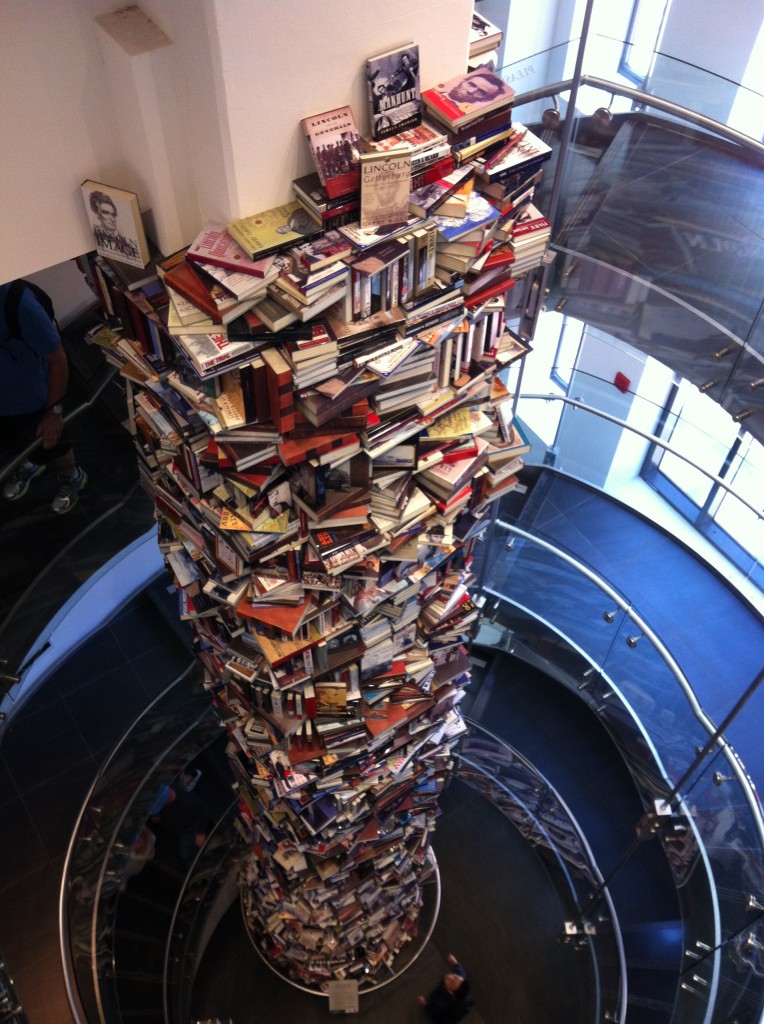
On the second floor you’ll find the technology of war exhibit, organized by the Abraham Lincoln Library and Museum at Lincoln Memorial University in Harrogate, Tennessee. Lincoln was fascinated by technology and both used and helped encourage its development during the war. He was the first president to use the telegraph for rapid communication.
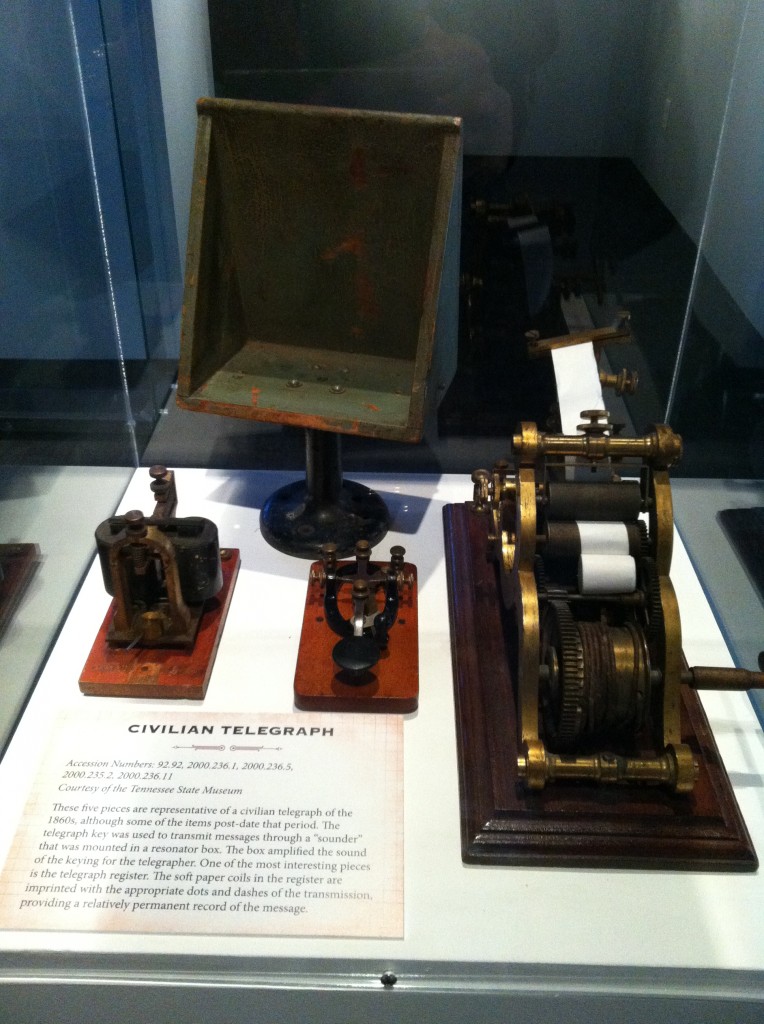
Lincoln had long been a proponent of internal improvements, including railroads. And the difference in railroad infrastructure between the North and the South was both dramatic and crucial to the war’s outcome. More on that in the future.
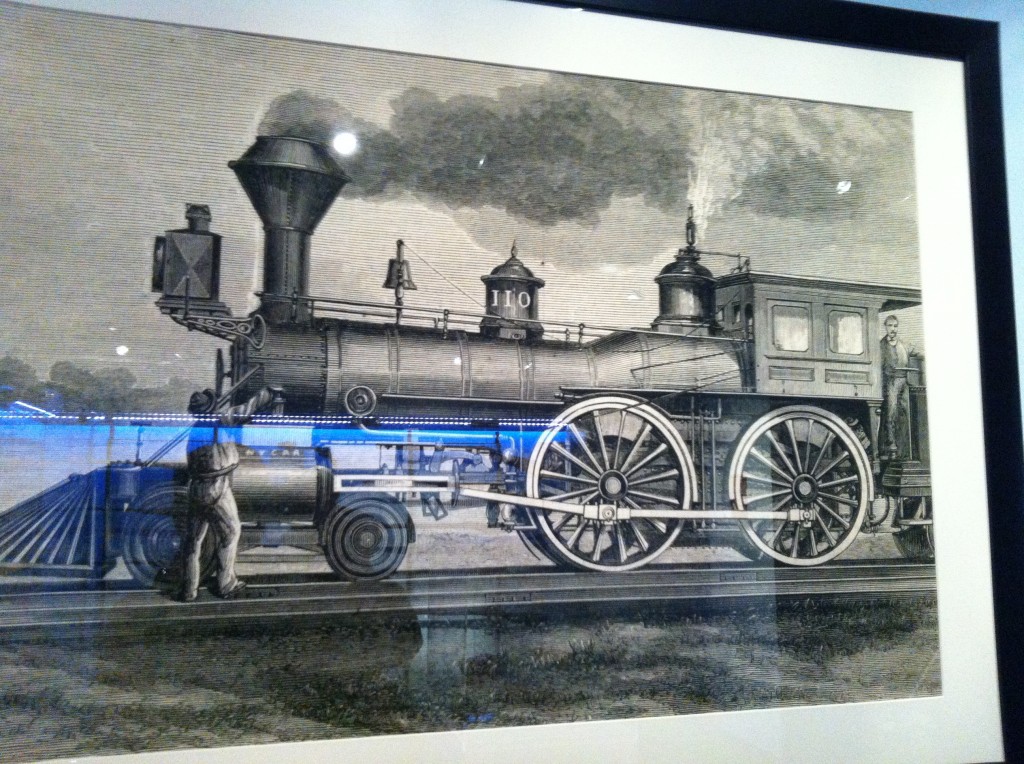 The advancements in railroads, manned balloons, and cannons moved warfare into the modern age. The evolution of basic weaponry – away from single-shot muskets and toward repeating rifles and pistols – increased both the distance and lethality of offense.
The advancements in railroads, manned balloons, and cannons moved warfare into the modern age. The evolution of basic weaponry – away from single-shot muskets and toward repeating rifles and pistols – increased both the distance and lethality of offense.
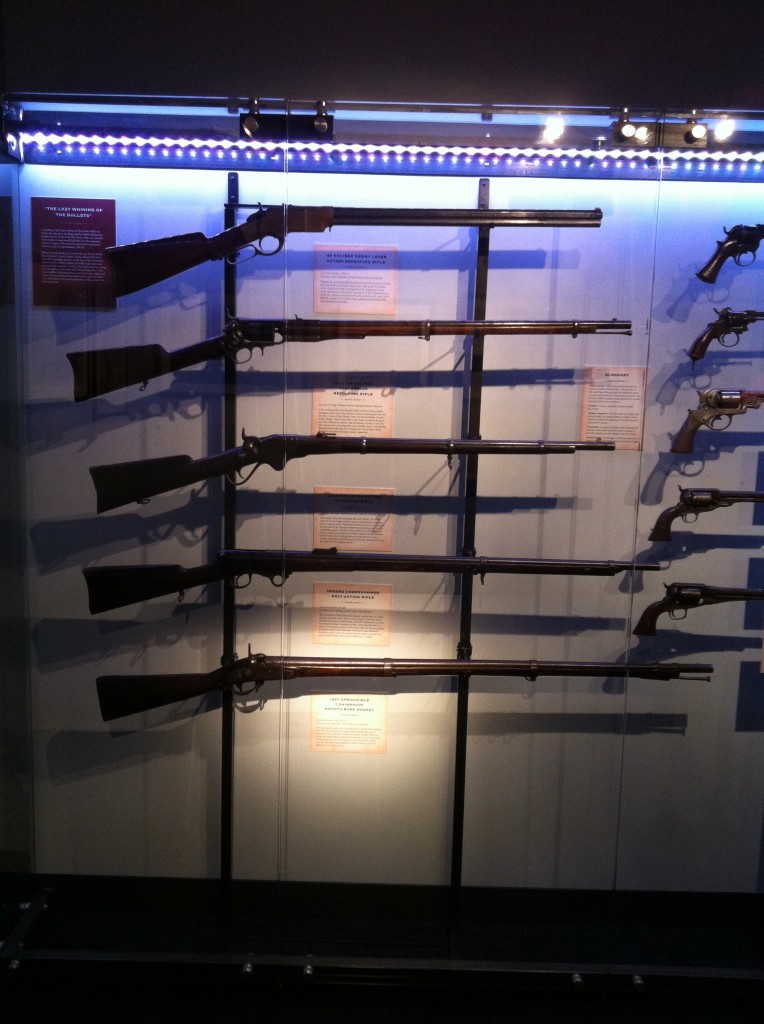
I’ll have much more on this topic in the coming months as I continue my exploration of Abraham Lincoln’s interest in science and technology. To get a taste of the current exhibit at Ford’s Theatre, check out this short video about the collection:
David J. Kent is an avid Lincolnophile and is writing a book on Abraham Lincoln’s interests in technology. He is also the author of Tesla: The Wizard of Electricity, and a signed copy can be ordered directly from me. The second printing will be available in Barnes and Noble bookstores soon, or you can download the ebook at barnesandnoble.com.
Feel free to “Like” my Facebook author’s page and connect on LinkedIn. Share with your friends using the buttons below.



